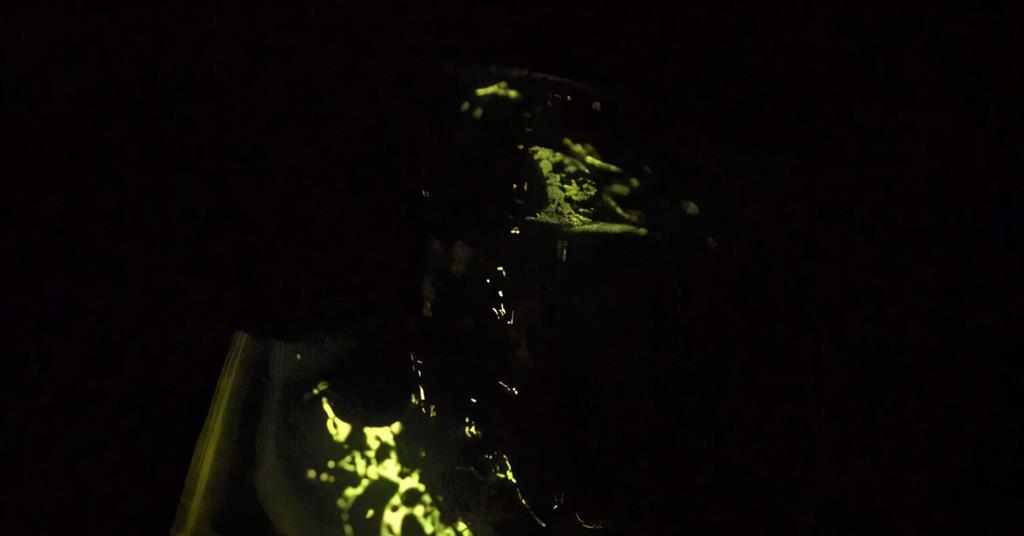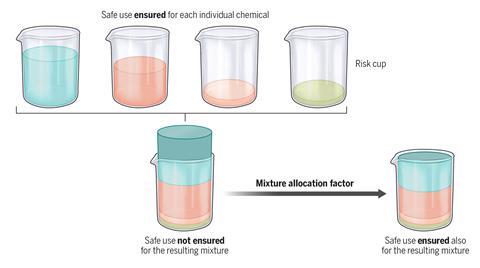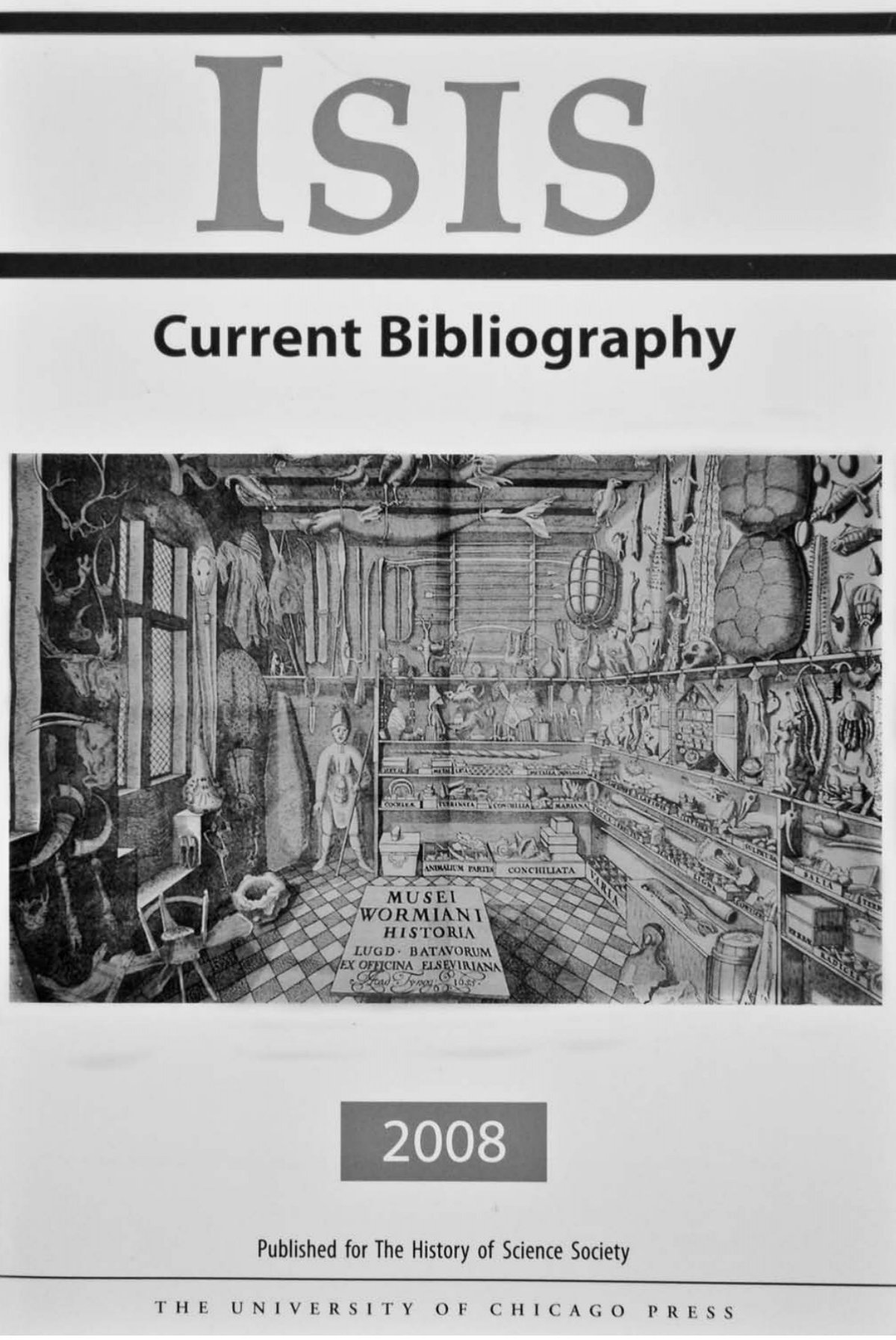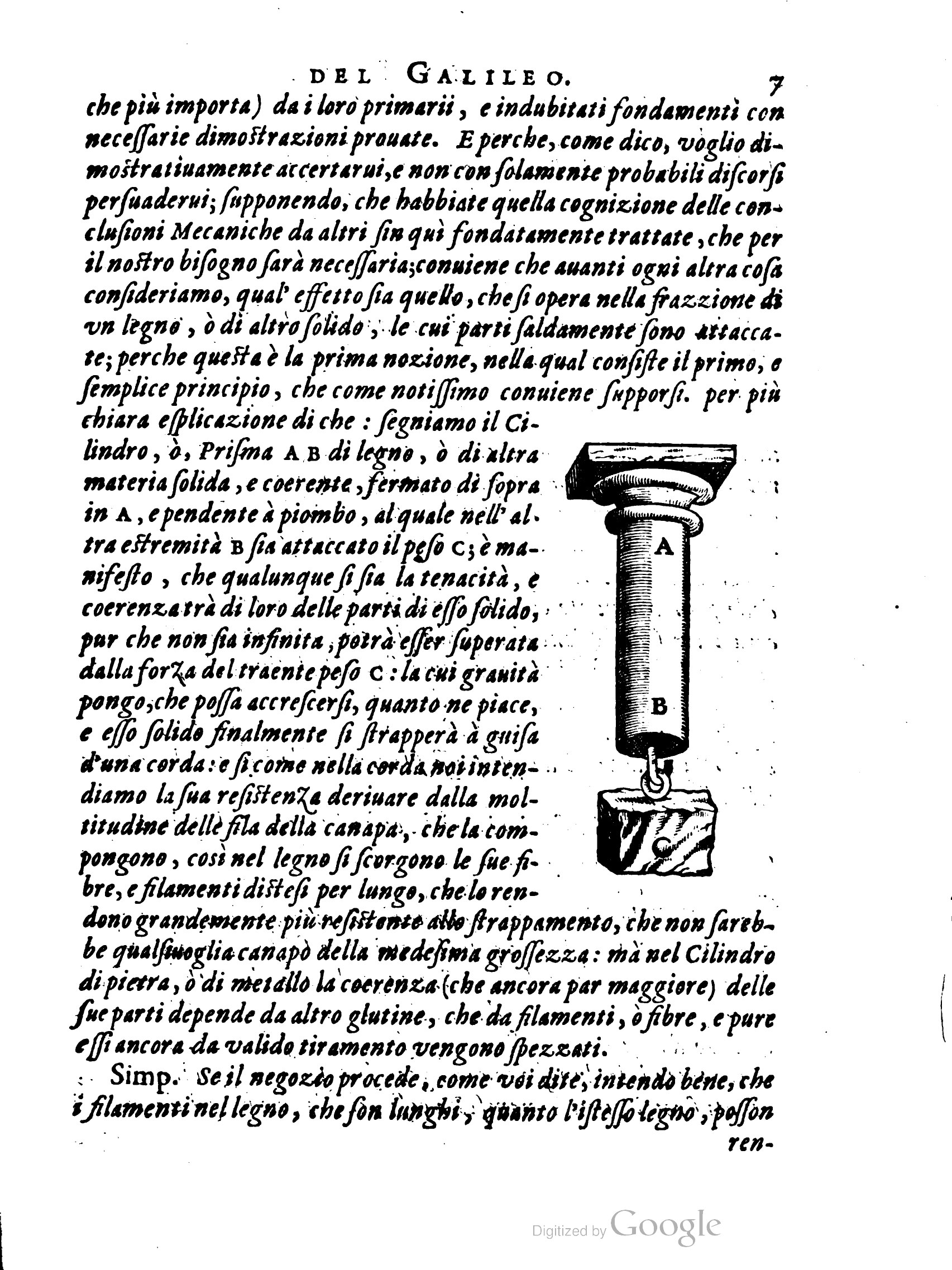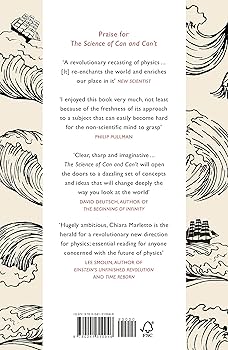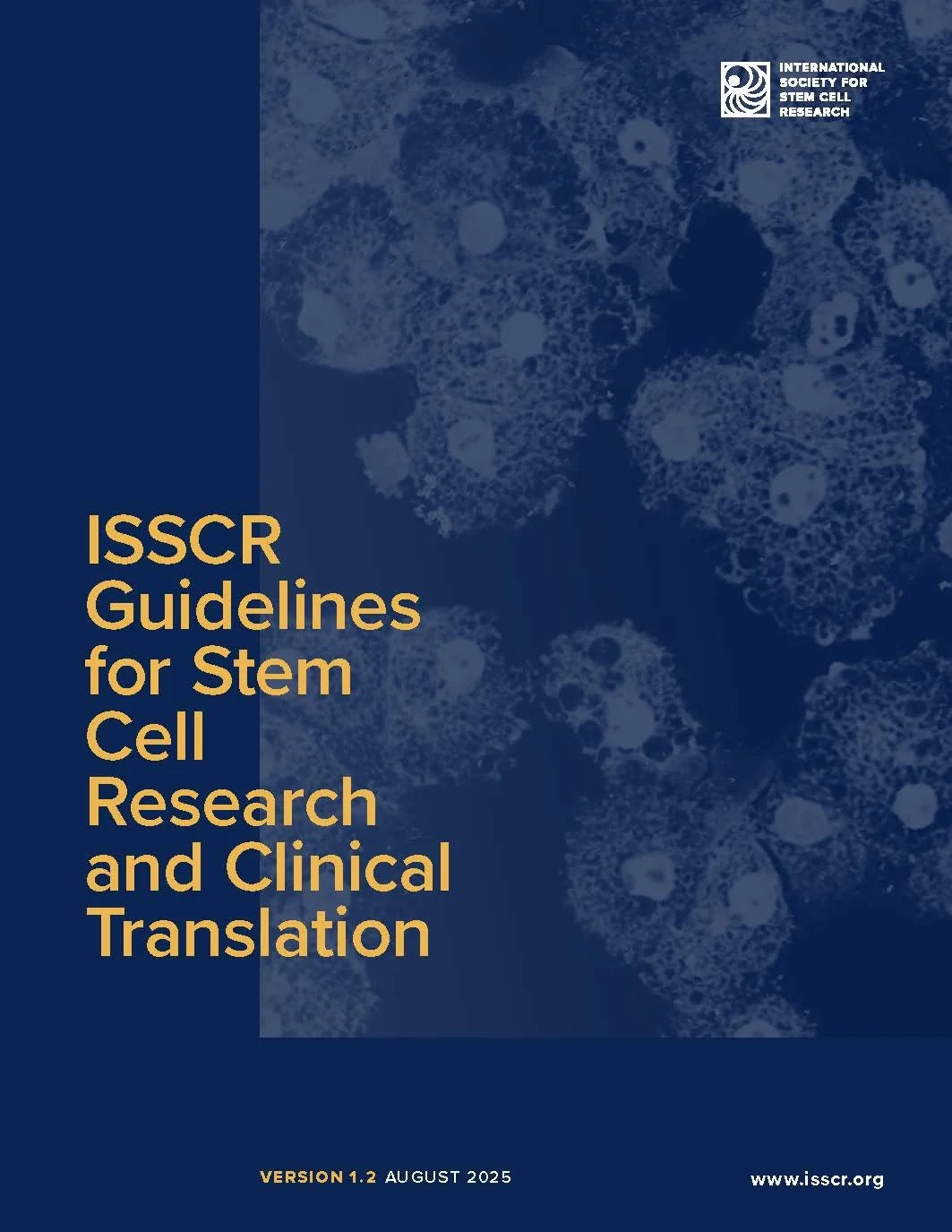For the inaugural instance, investigators have illustrated that mechanoluminescence can take place devoid of a crystalline phase or polymer matrix by employing amorphous solids made up of copper complexes. Mechanoluminescence, the light emission instigated by mechanical stress such as grinding or friction, has conventionally been linked to rigid crystals. Nevertheless, the continual fracturing of these […]
Read More